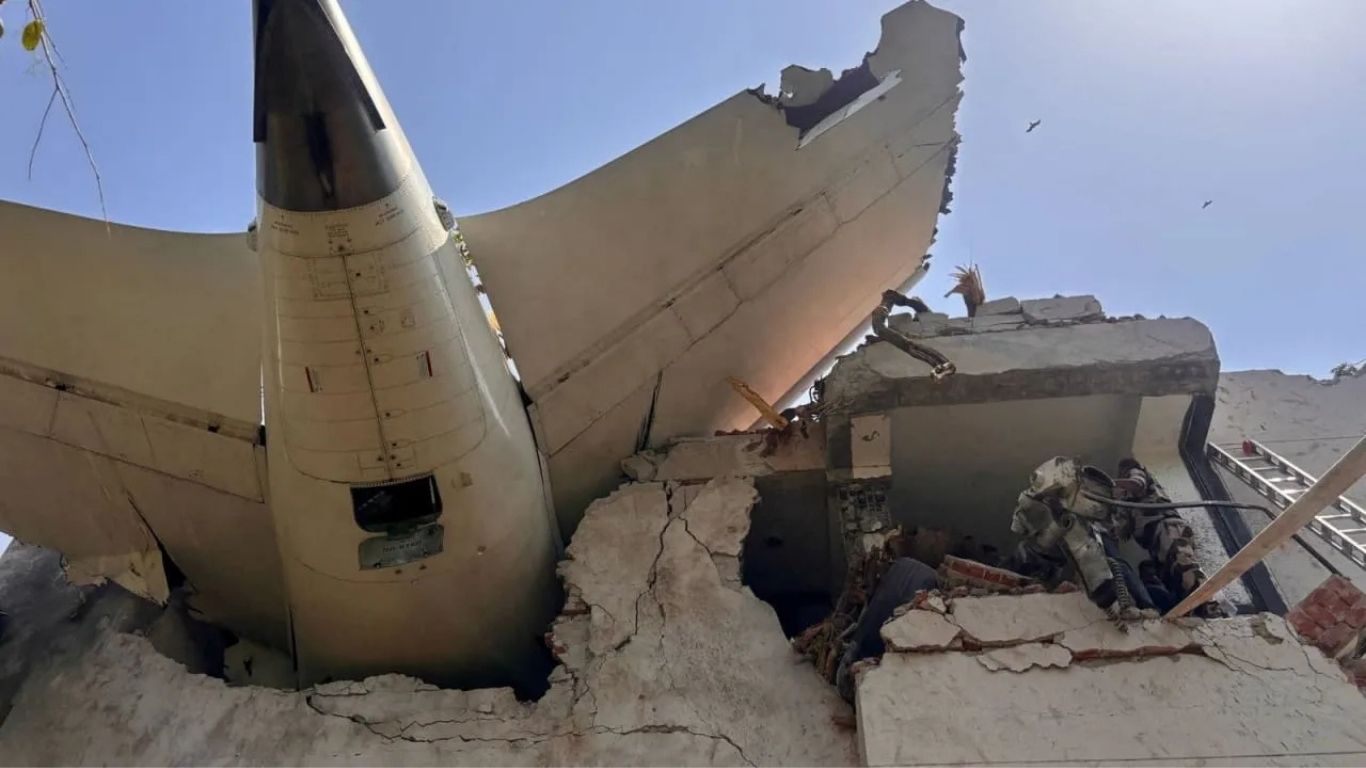Space, the final frontier, is no longer just a playground for dreamers and astronauts it’s a battlefield where humanity’s fragile legacy is at risk. The relics of our first steps beyond Earth, from footprints on the Moon to orbiting satellites, are under threat from reckless commercialization and political maneuvering. A scrappy band of space archaeologists think Indiana Jones with a PhD and a passion for cosmic trash are fighting to save these irreplaceable treasures. But with billionaires eyeing lunar real estate and governments itching to scrap historic spacecraft, the clock is ticking. Can these scholars of the stars preserve our shared history before it’s lost to the void?
The Cosmic Stonehenge: Why Space Artifacts Matter
Let’s get one thing straight: the stuff we’ve left in space isn’t just junk. Those boot prints on the Moon, the rusted probes on Mars, the creaky International Space Station (ISS) they’re our Stonehenge, our Pyramids, our proof that we dared to reach beyond our pale blue dot. These artifacts tell the story of humanity’s leap into the unknown, of sacrifices made and triumphs won. They’re not just metal and dust; they’re memorials to the astronauts who died, like the Apollo 1 crew, and symbols of global grit, like the medals left on the Moon by Apollo 11 to honor fallen Soviet cosmonauts.
“These sites are humanity’s first steps on another world. Lose them, and you lose a piece of who we are.” Beth O’Leary, Lunar Legacy Project
Space archaeologists like Alice Gorman and Justin Walsh argue these relics have practical value too. By studying how astronauts lived in cramped, zero-gravity habitats, researchers can design better spacecraft for future missions. For example, Walsh’s team found that ISS crew members plastered their walls with mission patches and religious iconsna bit like decorating a dorm room. This insight helped a private space station company rethink its interior design. Who knew a sticker of a saint could shape the future of space travel?
The Moon on the Watch List: A Wake-Up Call
On January 15, 2025, the World Monuments Fund dropped a bombshell: its Watch List of endangered heritage sites included the Moon, specifically the Apollo 11 landing site at Tranquillity Base. That’s right the Moon, alongside crumbling temples and war-torn villages. It’s a stark reminder that our cosmic heritage is as vulnerable as any earthly ruin.
Ironically, that same day, Firefly Aerospace’s Blue Ghost lander touched down on the lunar surface, a stone’s throw from Neil Armstrong’s footprints. Firefly’s mission, launched on a SpaceX rocket, was hailed as a win for commercial space exploration. But for space archaeologists, it’s a red flag. “We don’t yet know how to operate on the Moon without screwing things up,” says Justin Walsh, a professor at Chapman University. “Every lander that gets too close risks blasting away history with its thrusters.”
The Moon isn’t the only battleground. Down on Earth, Elon Musk is pushing NASA to deorbit the ISS earlier than planned, potentially turning a historic spacecraft into a fireball. “The window to protect these sites is slamming shut,” warns Alice Gorman, an associate professor at Flinders University. And she’s not exaggerating once these artifacts are gone, there’s no getting them back.
Digging in Zero Gravity: The Birth of Space Archaeology
Space archaeology isn’t your typical dig-in-the-dirt gig. Instead of trowels, these researchers wield cameras, satellite images, and dusty engineering plans. Their work began to take shape in 2000 with Beth O’Leary’s Lunar Legacy Project, which aimed to catalog every human-made object on the Moon. O’Leary’s team estimated 400 metric tons of stuff up there everything from sample scoops to a patch commemorating Apollo 1’s fallen crew. “We chose Tranquillity Base because it’s where humans first touched another world,” O’Leary says. “It’s our cosmic Rosetta Stone.”
Fast forward to 2022, when NASA astronaut Kayla Barron made history by conducting the first archaeological fieldwork in space. Aboard the ISS, she marked out meter-square patches with yellow tape, photographing them daily for 60 days. The goal? To see how astronauts used their space, from the galley to the toilet. “It was like watching archaeology go live on Microsoft Teams,” Walsh recalls with a grin. The International Space Station Archaeological Project (ISSAP), led by Walsh and Gorman, is now the gold standard for studying space habitats.
Their findings are eye-opening. Astronauts turned sterile ISS modules into personal spaces, sticking up photos, flags, and even a geocaching tag. It’s a reminder that humans, no matter where they are, crave a sense of home. “This isn’t just about saving stuff,” Gorman says. “It’s about understanding how we adapt to alien environments. That’s knowledge we need for Mars and beyond.”
The Corporate Threat: When Profit Trumps History
Here’s where things get messy. Space is no longer the domain of starry-eyed scientists it’s a gold rush for billionaires and corporations. Companies like SpaceX and Blue Origin are racing to colonize the Moon and beyond, often with little regard for the past. Firefly’s Blue Ghost landed just 30 miles from a historic NASA impactor site. What’s to stop the next lander from obliterating Armstrong’s footprints?
On Earth, the situation’s just as dire. At Cape Canaveral Space Force Station, archaeologist Thomas Penders balances preservation with the demands of commercial launches. “In the ‘50s and ‘60s, we were so desperate to beat the Soviets that missile parts were just tossed over fences,” he says. Some of those parts, relics of the Space Race, were recently unearthed near a Blue Origin launch site. But not all sites are so lucky—historic hangars have been demolished to make way for new rockets.
“The commercialization of space is a double-edged sword. It’s driving innovation, but it’s also trampling our history.” Thomas Penders
The ISS faces an even grimmer fate. NASA’s plan to deorbit it could see up to 40% of the station survive re-entry, scattering debris across the ocean. Walsh has a wild idea: park historic spacecraft like the ISS or Vanguard 1, the oldest object in orbit, in a “museum orbit” around Earth. It’s a long shot, but it beats watching our heritage burn up.
A Call to Arms: Protecting Our Cosmic Legacy
Space archaeology is finally getting its due. In 2023, the International Council on Monuments and Sites formed a committee on aerospace heritage, a major win for the field. Gai Jorayev, a researcher at University College London, calls it a “huge step.” Jorayev studies the “dark heritage” of the Soviet space program, including the human cost of sites like Baikonur Cosmodrome. His work reminds us that space exploration isn’t just about shiny rockets it’s about the people who made it possible.
The World Monuments Fund’s 2025 Watch List is a rallying cry. Gorman dreams of an international space heritage charter, a set of rules to protect sites like Tranquillity Base. But with commercial interests and geopolitical rivalries in play, it’s an uphill battle. “We’re only just getting started,” she says, her voice tinged with defiance. “But we’re not giving up.”
The Bigger Picture: Why This Fight Matters
Let’s be real: in a world plagued by war, poverty, and climate crises, saving a few lunar footprints might seem trivial. But that’s missing the point. These artifacts aren’t just relics they’re proof of what humanity can achieve when we work together. They’re a reminder that we’re capable of greatness, even in the face of impossible odds. And in an era where truth is under attack, preserving these sites is a stand for facts, for history, for the messy, beautiful reality of who we are.
So, to the space archaeologists out there keep fighting. To the rest of us pay attention. The stars are calling, but if we don’t protect our past, we risk losing our way to the future. As Isaac Asimov once said, “The past can start a millisecond ago.” Let’s make sure it doesn’t end there.




